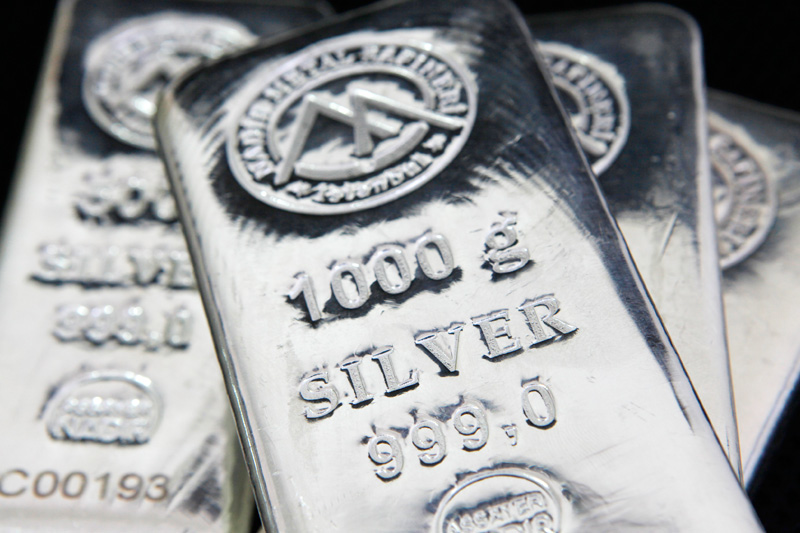Moody’s downgrades Senegal to Caa1 amid rising debt concerns
Investing.com -- Silver prices have surged to $42 an ounce, a 14-year high, on the back of record gold prices and a wave of investment inflows.
Following the rally, UBS has raised its forecasts for the metal, saying it could reach all-time highs in the coming year.
The bank now forecasts silver to trade at $44 an ounce by the end of 2025 and climb to $47 by mid-2026, aligning its outlook with a recent upgrade to gold.
“We flag that silver prices could reach an all-time high—a view that supports a long position in the metal or selling its downside risk for yield enhancement,” strategists Dominic Schnider and Wayne Gordon said in a note.
The rally comes despite sluggish global industrial activity, with investors drawn to silver by the same macro forces propelling gold.
UBS pointed to geopolitical tensions, U.S. fiscal deficits, slower growth, and the prospect of Federal Reserve rate cuts as drivers of demand.
Silver’s strong correlation with gold, typically between 0.5 and 1.0, has amplified these effects.
Exchange-traded fund (ETF) inflows underline this trend. UBS highlights that silver-backed ETFs have added more than 20 million ounces this quarter alone, bringing this year’s total close to 80 million ounces.
While significant, holdings remain more than 200 million ounces below their pandemic-era peak in 2021.
Looking ahead, strategists see silver benefiting further as monetary conditions ease and investors look ahead to a cyclical recovery. The team expects the gold-silver ratio to decline toward 80, supporting relative outperformance for silver.
But they also warned that silver’s volatility is roughly twice that of gold. Price pullbacks of 15% or more “can occur rapidly, even in a bull market,” strategists said, adding that holding the metal requires elevated risk tolerance.
The prospect of lower rates, a softening global economy, and unsustainable fiscal deficits are keeping investors engaged in precious metals, strategists said.
As these conditions are unlikely to reverse in the near term, they do not expect a sudden decline in interest in silver.
